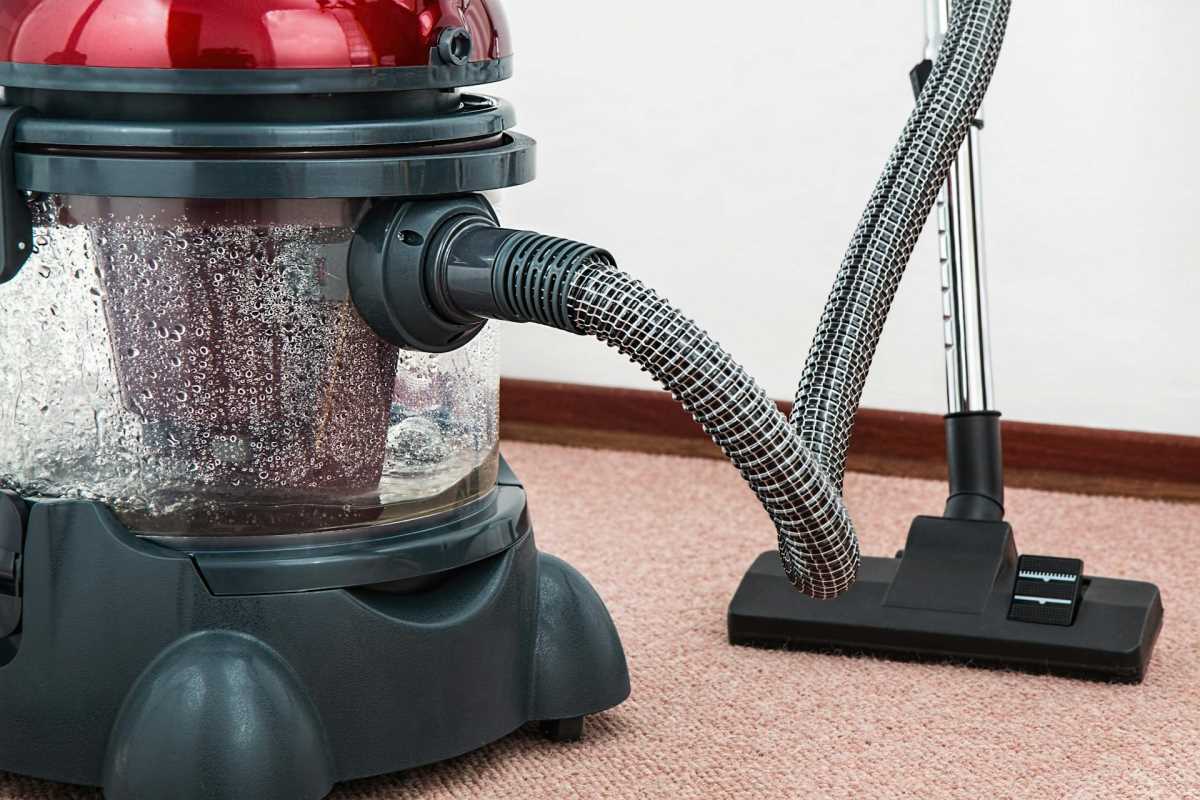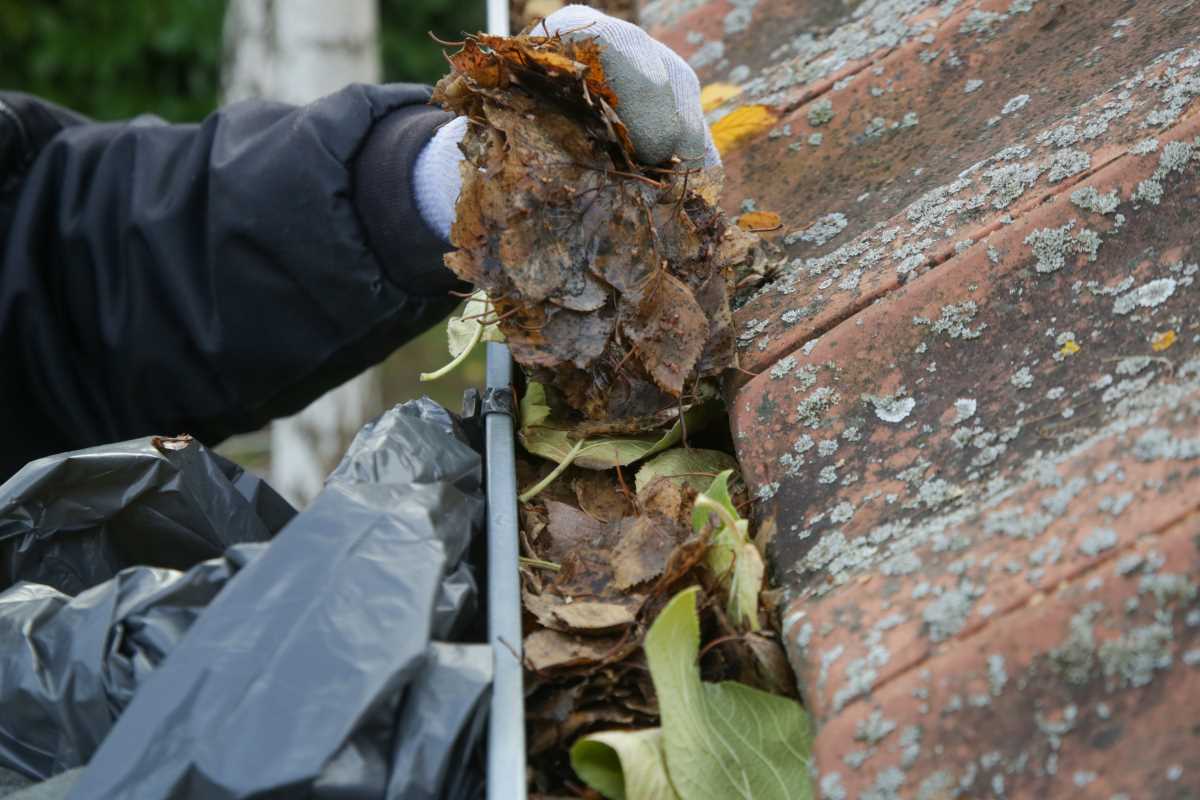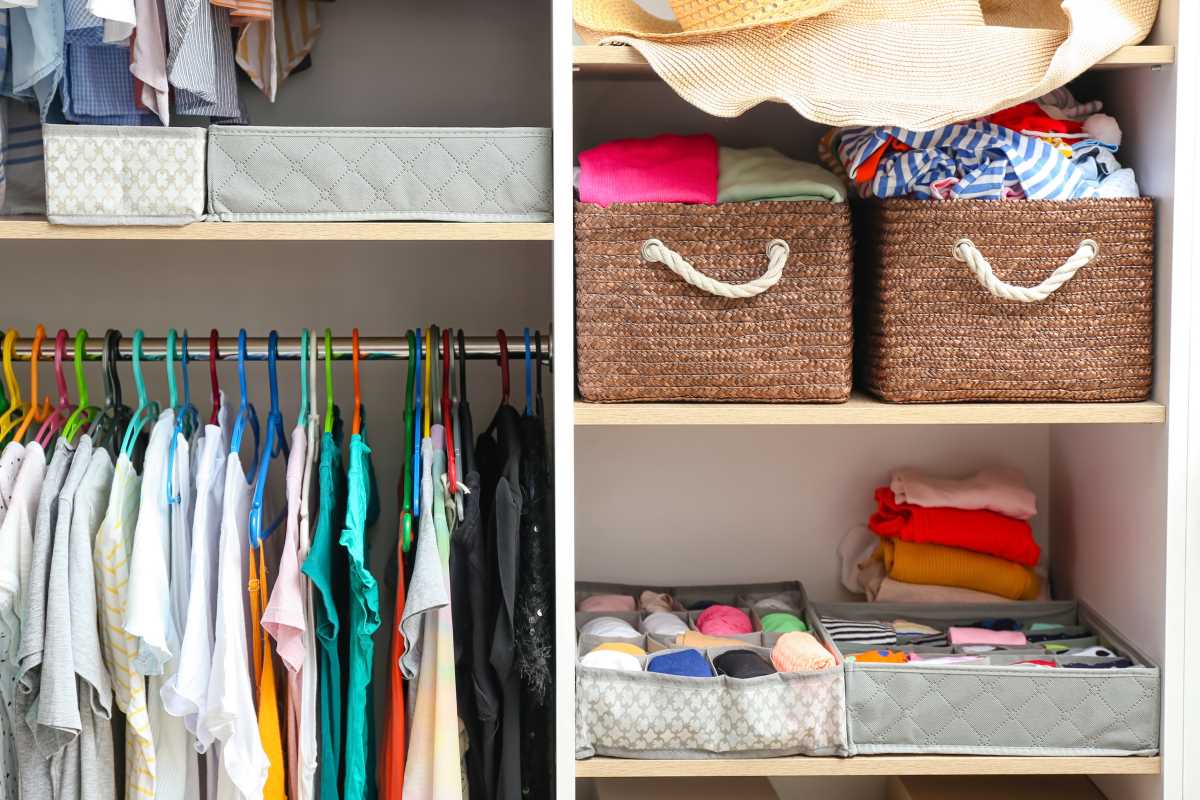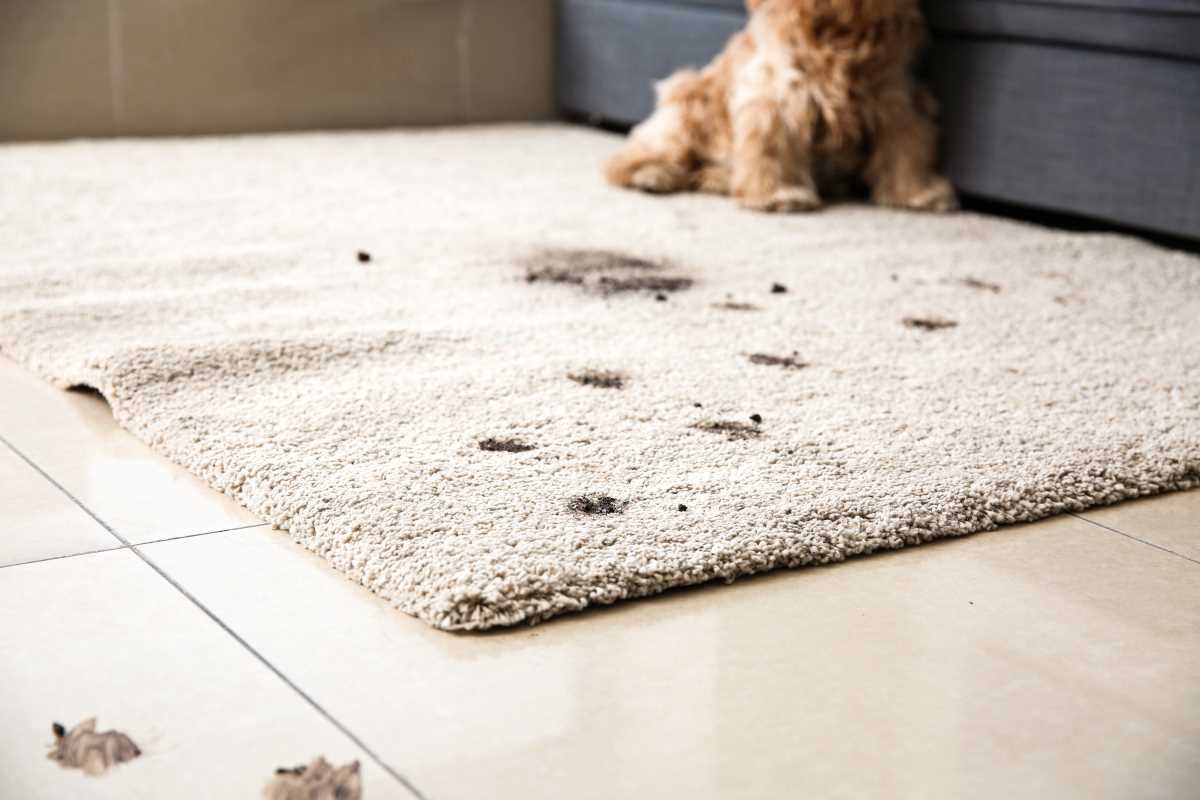A scratched surface or stubborn stain on your furniture can feel like the end of the world, especially if it’s a piece you love. But fear not! Before you think about tossing it or calling expensive professional repair services, there are plenty of easy DIY solutions you can try at home. Not only will these tips save you money, but they also give you a chance to be hands-on in restoring your furniture’s beauty. Read on to learn practical strategies for dealing with common furniture problems like scratches, stains, and more.
Fixing Furniture Scratches
Scratches on furniture are incredibly common, whether on a wooden dining table, coffee table, or chair legs. The good news? Most of these scratches are surprisingly easy to address!
1. The Miracle of Walnuts
One of the most well-loved hacks among DIY enthusiasts for fixing minor furniture scratches is the humble walnut. It might sound unconventional, but this natural trick is highly effective:
- How It Works: Walnuts contain natural oils that seep into the scratched wood surface, darkening it and helping to mask the scratch.
- Steps:
- Take a raw walnut (unsalted and unprocessed).
- Rub it directly over the scratched area, using circular motions.
- Allow the oil to sit for a few minutes, then buff with a clean, soft cloth.
- Example: Scratches from sliding decorative items across a wooden coffee table tend to fade significantly with this trick. It’s quick, easy, and uses something you may already have in your pantry!
2. Fixing Dark-Stained Wood with Coffee Grounds
If your furniture has dark wood stains, such as mahogany or espresso finishes, coffee grounds can be a game-changer. This simple household ingredient works well to conceal scratches and blend them into the darker finish.
- Steps:
- Use fresh or used coffee grounds to create a paste by mixing them with a few drops of water.
- Dip a cotton swab into the paste and gently apply it to the scratch, ensuring you only target the damaged area.
- Allow the paste to sit for a few minutes before wiping it off using a soft cloth.
- Why It Works: The dark pigments in coffee mimic the wood’s color, creating an excellent camouflage for scratches.
3. Filling Deeper Scratches with DIY Wood Filler
For deeper scratches or chunky gouges that walnuts and coffee can’t fix, you’ll need a stronger method. A do-it-yourself wood filler made from sawdust and wood glue offers a great solution.
- Steps:
- Gather sawdust from the same or a similar type of wood as your furniture.
- Mix it with a small amount of wood glue until it forms a paste.
- Use a putty knife or an old gift card to fill in the scratch or gouge, smoothing the surface as much as possible.
- Allow the mixture to dry completely, then sand the area lightly for a smooth finish.
- Finish with a matching wood stain for a seamless look.
This method is perfect for heavy scratches on dining tables or furniture legs where regular wear and tear occur.
A Quick Tip for Light Scratches
Sometimes, scratches don’t need a special material; just a good-quality furniture marker can do the trick. These markers, available in various wood tones, allow you to color over scratches and achieve a quick fix.
Removing Stains from Furniture
Stubborn stains can mar the beauty of your furniture, whether they come from water rings, heat marks, or accidental spills. Good news—you don’t need endless cleaning products to restore your furniture’s shine.
1. Banishing Water Rings with Mayonnaise
Those white, cloudy rings left by condensation on wooden surfaces can seem like a nightmare, but mayonnaise could be the answer.
- Steps:
- Dab a small amount of mayonnaise onto the water ring.
- Cover the area with a soft cloth and leave it in place for a few hours or overnight.
- Wipe away the mayo and buff the area with a clean cloth.
- Why It Works: The oil in mayonnaise helps lift moisture trapped in the finish, while its texture prevents damage to delicate surfaces.
- Example: This trick is particularly useful for dining tables that collect water rings from glasses or cups.
2. Erasing Heat Marks with Baking Soda
Heat marks commonly appear as white or cloudy blemishes on wooden furniture. These can result from placing hot dishes or mugs directly on the surface. Fortunately, baking soda offers a gentle and effective solution.
- Steps:
- Mix one tablespoon of baking soda with one teaspoon of water to create a paste.
- Use circular motions to rub the paste into the stain with a soft cloth.
- Wipe the area clean and marvel at the results!
- Extra Tip:
- For tougher heat marks, you can use a soft cloth over the stain and gently press a warm (not hot) iron on top for a few seconds. The heat helps the finish restore itself. Test this on an inconspicuous spot first!
3. Removing Ink Stains with Rubbing Alcohol
Ink stains can instantly ruin the look of wooden furniture. Luckily, rubbing alcohol can help lift the stain without harming the wood when used carefully.
- Steps:
- Dip a cotton ball or cloth into a small amount of rubbing alcohol.
- Rub the ink stain gently, taking care to work only on the stained area.
- Blot away the lifted ink and clean the surface thoroughly.
Preventing Scratches and Stains
While DIY methods can repair damage, preventing scratches and stains in the first place is always the best approach. A little precaution goes a long way toward keeping your furniture looking new.
1. Use Protective Pads and Mats
Invest in felt pads or rubber pads for your furniture legs. These small, inexpensive accessories prevent scratches on hardwood or tiled floors. Similarly, use coasters under your drinks and placemats during meals to avoid water rings and heat stains.
2. Adopt Gentle Cleaning Habits
When cleaning furniture, avoid abrasive cloths or harsh chemicals that can damage the surface. Use soft microfiber cloths and a cleaner that is appropriate for your furniture type, whether it’s wood, metal, or upholstery.
3. Regular Maintenance
Polishing your furniture every month or so not only keeps it shiny but also provides a protective layer. Over time, this layer can help prevent minor scratches and stains from setting in.
A Brief Guide to Choosing the Right Materials for Repairs
Sometimes, success in DIY furniture restoration depends on selecting the best materials for the job. Here's a quick guide:
- Repair Markers and Fillers
- Use ready-made repair markers for quick fixes on small scratches.
- For deeper gouges, choose wood fillers that match the color of your furniture.
- Sandpaper
- Fine-grit sandpaper (220 grit or higher) is ideal for smoothing out rough edges and blending in filled areas.
- Wood Stain
- Match the stain color as closely as possible to your furniture. Most hardware stores have samples or swatches to guide your selection.
- Sealers and Polishes
- After repairs, apply a finishing polish or wood sealant to protect the surface.
When to Call in the Pros
While DIY methods are fun and often highly effective, there are times when professional assistance may be necessary. If your furniture has significant structural damage, deep gouges, or discoloration that can’t be addressed with at-home remedies, don’t hesitate to hire an experienced furniture restoration specialist.
 (Image via
(Image via





